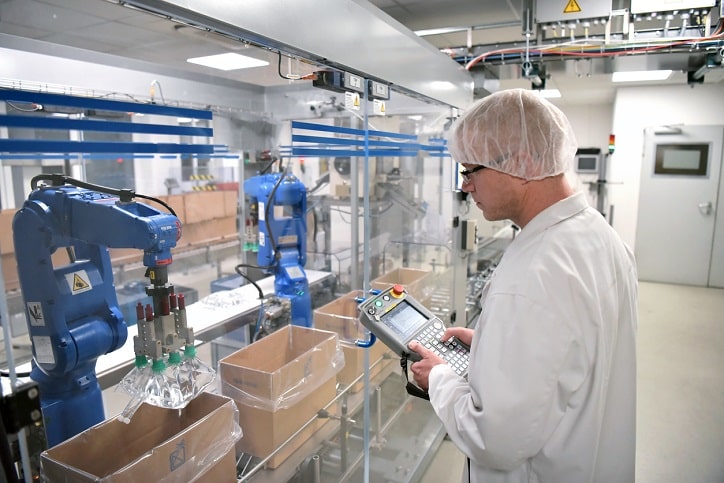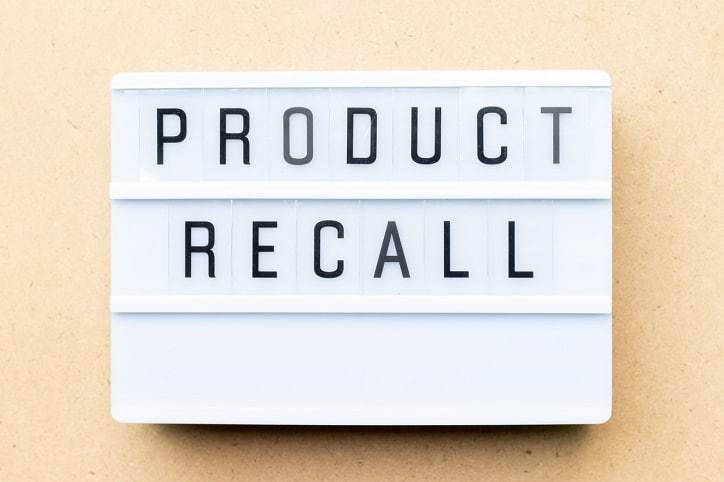Draft Dodging: Pharma’s Escaping the US China Trade War for Now
How Long Can Pharmaceuticals Dodge the US China Trade War?
With no real resolution still, the worries for pharmaceuticals businesses persist.
We’ve written in the past, of the need for caution regarding the impact on the US-China trade war on pharmaceuticals. After successful trade talks with China on a new trade deal, that’s not changed. The message remains: continued vigilance.
For a start, the “phase one” trade deal announced didn’t touch on pharma – focussing instead on agricultural products and IP. It’s good news for soybean farmers, but less significant for pharmaceuticals. Moreover, even this agreement was being called into question within days.
As President Trump himself put it: “We've come to a deal, pretty much, subject to getting it written.” Not everyone will be wholly reassured with that, and there’s no confirmation yet when this deal is to be signed.
That is not to say the talks have had no impact, of course. Following the talks, Trump announced a postponement in tariff hikes planned for mid-month. Existing tariffs in September remain, as do new ones planned for December, with the US Treasury Secretary Steven Mnuchin confirming these will go ahead as planned if the trade deal is not finalised by then. Nevertheless, the talks have provided some breathing space.
Furthermore and perhaps more crucially, to date pharmaceuticals have not been included in the tariffs imposed by the US – a decision confirmed by the Office of the United States Trade Representative in May. For US pharma exporters, meanwhile, China has also excluded the industry from its retaliation. Twelve cancer drugs were among a list from its Ministry of Finance in September of US goods exempted from 25% tariffs levied by China last year, for instance.
So far, then, so good.
Pharma security concerns

But there are a number of reasons the industry is far from being able to relax.
The first is simply the scale of the risk. About 80% of active pharmaceutical ingredients used in the US originate abroad, and most from China or India. Given that drug products, active ingredients and excipients have been on and off the proposed US tariff lists over the last couple of years, it’s hard to be entirely confident even now that the industry won’t be impacted in future. Likewise, China’s been far from consistent on its approach to US pharma imports, as a timeline shows. In August, for instance, its Customs Tariff Commission announced five and 10% tariffs on thousands of US goods including at least some on pharmaceutical products to take effect from December.
Worrying, too, is the fact that it’s not just through tariffs that industries are being hit by US-China tensions. Biotechnology investments have already been affected by the Committee on Foreign Investment in the United States (CFIUS) set up by the US government to examine the security implications of foreign investments in US companies.
CFIUS covers both critical technologies and sensitive data, particularly personally identifiable information. That’s why it ordered Chinese business iCarbonX to sell its majority stake in US PatientsLikeMe, a digital platform for patient-shared health data; and that’s why it could perhaps in future see Chinese involvement in manufactured personalized medicines also blocked.
Likewise, looking back to APIs, China’s heavy involvement there is being seen by some as not just as a trade problem, but as a security issue, too. “The national security risks of increased Chinese dominance of the global API market cannot be overstated,” as a deputy director at the US Defense Health Agency said earlier this year.
Of course, as before, with no concrete action from the US on these issues, pharma, biotech and other potentially vulnerable businesses have little option but to sit tight and wait and see what happens. Any business that isn’t ensuring they have clear visibility of their supply chain exposures to China, however, could quickly come to regret it. When it comes to the US and China, the first casualty of this war is ignorance.



